Minhui Zou
Efficient Training of the Memristive Deep Belief Net Immune to Non-Idealities of the Synaptic Devices
Mar 15, 2022
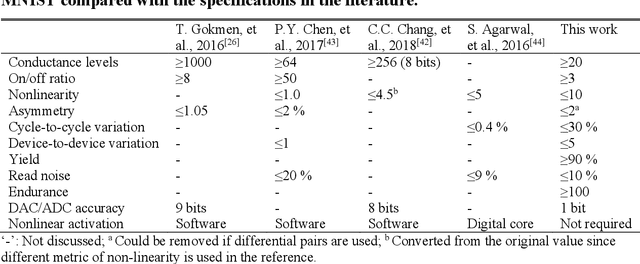
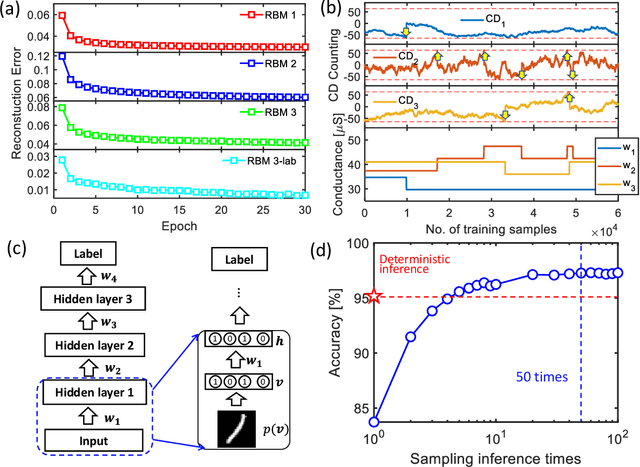
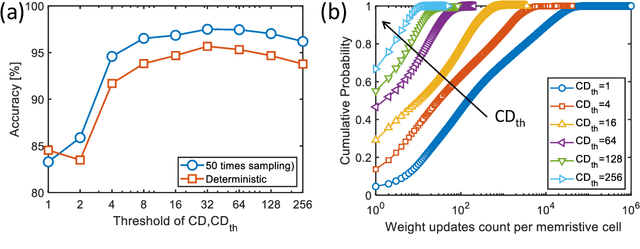
Abstract:The tunability of conductance states of various emerging non-volatile memristive devices emulates the plasticity of biological synapses, making it promising in the hardware realization of large-scale neuromorphic systems. The inference of the neural network can be greatly accelerated by the vector-matrix multiplication (VMM) performed within a crossbar array of memristive devices in one step. Nevertheless, the implementation of the VMM needs complex peripheral circuits and the complexity further increases since non-idealities of memristive devices prevent precise conductance tuning (especially for the online training) and largely degrade the performance of the deep neural networks (DNNs). Here, we present an efficient online training method of the memristive deep belief net (DBN). The proposed memristive DBN uses stochastically binarized activations, reducing the complexity of peripheral circuits, and uses the contrastive divergence (CD) based gradient descent learning algorithm. The analog VMM and digital CD are performed separately in a mixed-signal hardware arrangement, making the memristive DBN high immune to non-idealities of synaptic devices. The number of write operations on memristive devices is reduced by two orders of magnitude. The recognition accuracy of 95%~97% can be achieved for the MNIST dataset using pulsed synaptic behaviors of various memristive synaptic devices.
PoTrojan: powerful neural-level trojan designs in deep learning models
Feb 08, 2018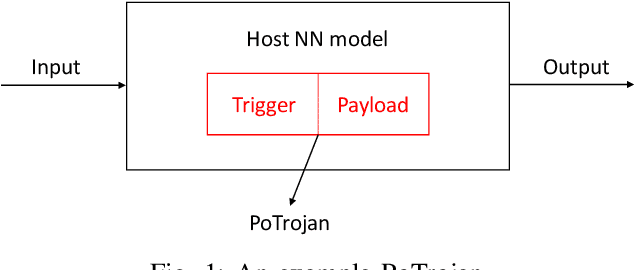
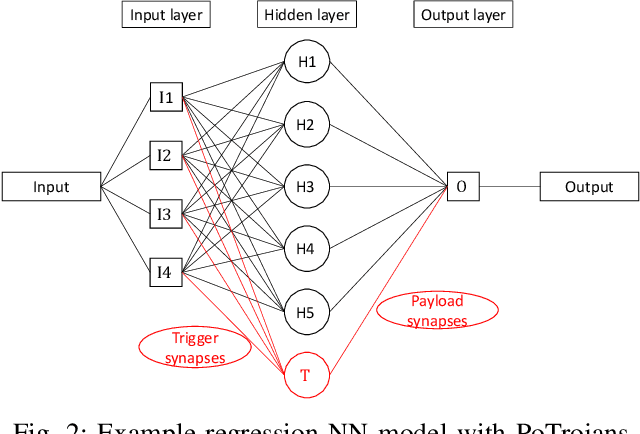
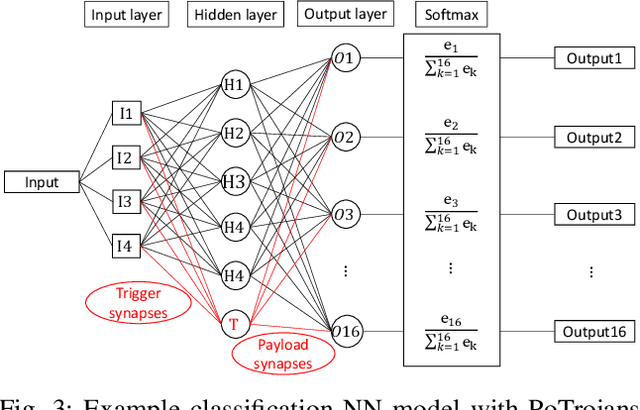
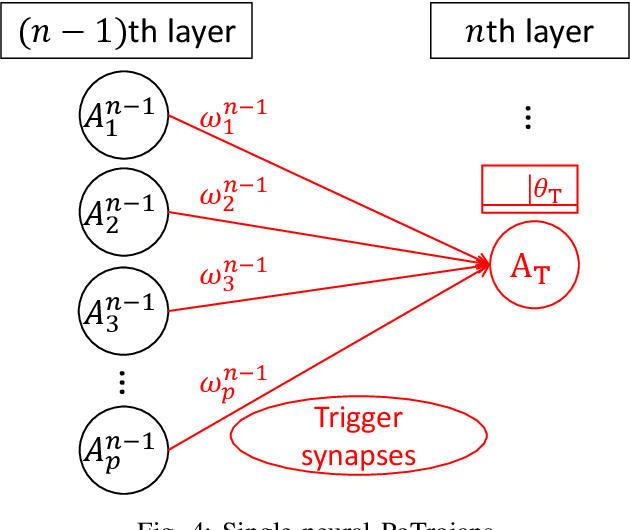
Abstract:With the popularity of deep learning (DL), artificial intelligence (AI) has been applied in many areas of human life. Neural network or artificial neural network (NN), the main technique behind DL, has been extensively studied to facilitate computer vision and natural language recognition. However, the more we rely on information technology, the more vulnerable we are. That is, malicious NNs could bring huge threat in the so-called coming AI era. In this paper, for the first time in the literature, we propose a novel approach to design and insert powerful neural-level trojans or PoTrojan in pre-trained NN models. Most of the time, PoTrojans remain inactive, not affecting the normal functions of their host NN models. PoTrojans could only be triggered in very rare conditions. Once activated, however, the PoTrojans could cause the host NN models to malfunction, either falsely predicting or classifying, which is a significant threat to human society of the AI era. We would explain the principles of PoTrojans and the easiness of designing and inserting them in pre-trained deep learning models. PoTrojans doesn't modify the existing architecture or parameters of the pre-trained models, without re-training. Hence, the proposed method is very efficient.
 Add to Chrome
Add to Chrome Add to Firefox
Add to Firefox Add to Edge
Add to Edge